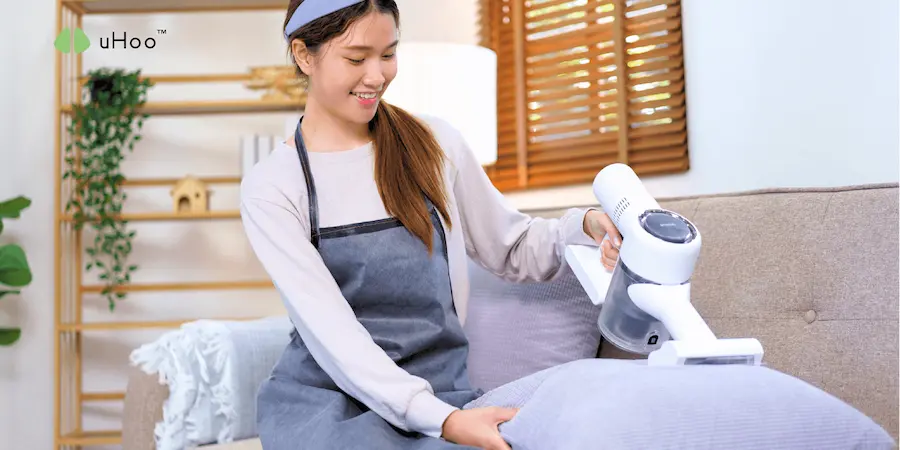We often associate vacuuming with the immediate gratification of a spotless floor, the satisfying lines left behind by the brush. But the benefits extend far beyond aesthetics. Vacuuming is a crucial tool in maintaining healthy indoor air quality (IAQ), a factor that directly impacts your well-being. It’s time to shift your perspective and recognize vacuuming as more than just a chore; it’s an investment in the air you breathe.
Your home is a constant battleground against dust, allergens, and other airborne particles. These microscopic invaders settle on your floors, carpets, and upholstery, becoming reservoirs of irritants. Every step you take, every breeze that flows through an open window, stirs them back into the air, where they can trigger allergies, asthma, and other respiratory problems. Traditional sweeping or dusting often just redistributes these particles, failing to remove them effectively.
This is where vacuuming shines. A good vacuum cleaner, especially one equipped with a HEPA filter, acts as a powerful suction system, trapping and removing these particles from our living spaces. HEPA filters are designed to capture 99.97% of particles as small as 0.3 microns, effectively removing allergens like dust mites, pet dander, pollen, and mold spores. This significantly reduces the airborne concentration of these irritants, creating a cleaner and healthier environment.
The benefits extend beyond allergy relief. Regular vacuuming can also remove dust and debris that contribute to the buildup of mold and bacteria. By keeping surfaces clean, you can minimize the breeding ground for these harmful microorganisms, preventing them from becoming airborne and impacting our health. Furthermore, vacuuming can remove larger debris like pet hair and lint, which can also contribute to poor IAQ.
However, not all vacuuming is created equal. The type of vacuum cleaner, its filtration system, and the frequency of cleaning all play crucial roles in maximizing its effectiveness. Using a vacuum with a HEPA filter is paramount, especially if you have allergies or asthma. Regular maintenance, including cleaning or replacing filters, is also essential to ensure optimal performance.
Beyond the vacuum itself, the technique matters. Slow, deliberate passes over carpets and upholstery, along with thorough cleaning of corners and crevices, are crucial for removing trapped particles. Consider also vacuuming soft furnishings and curtains, where dust and allergens accumulate as well.
To further ensure your home’s air quality is optimal, consider using an uHoo air quality monitor. This device provides real-time data on particulate matter (PM2.5 and PM10), which are key indicators of airborne dust and allergens. The uHoo monitor works in harmony with your cleaning efforts, providing concrete evidence of how vacuuming is contributing to a healthier home environment. It’s a data-driven approach to clean air, empowering you to make informed decisions and breathe easier.



